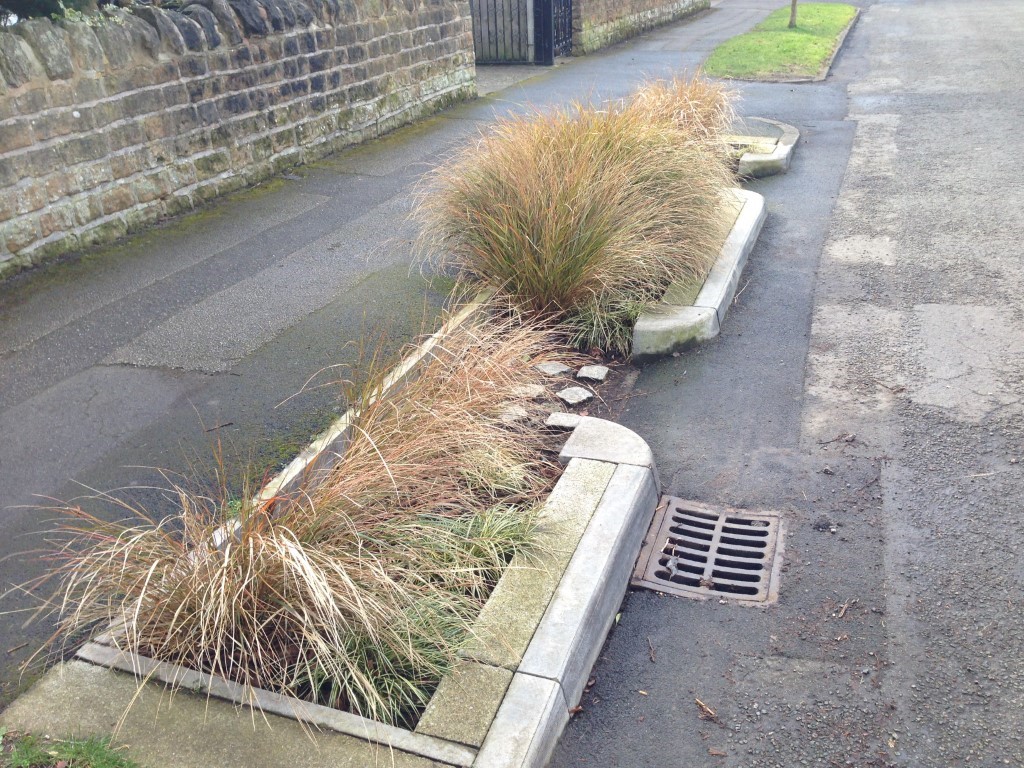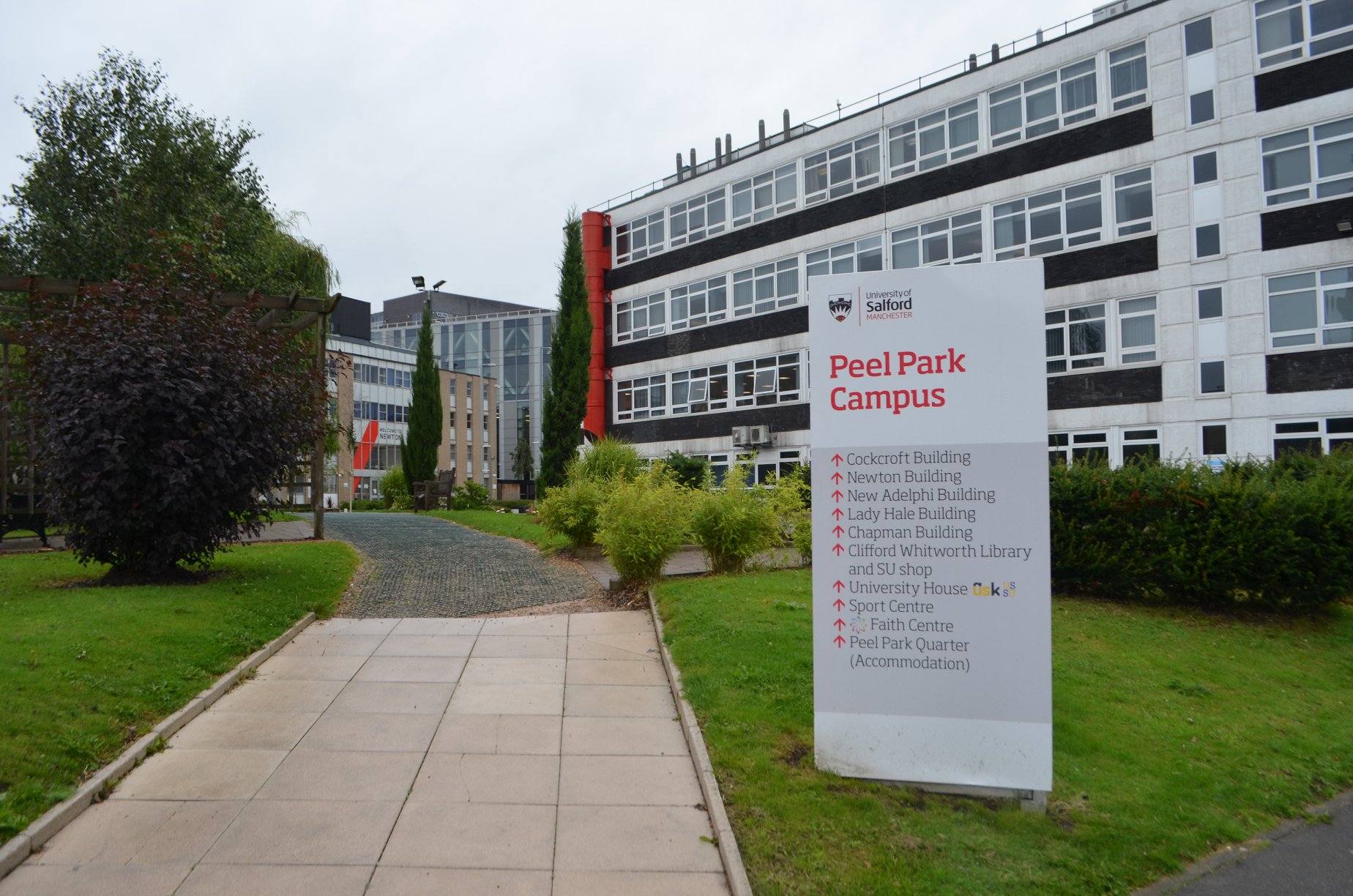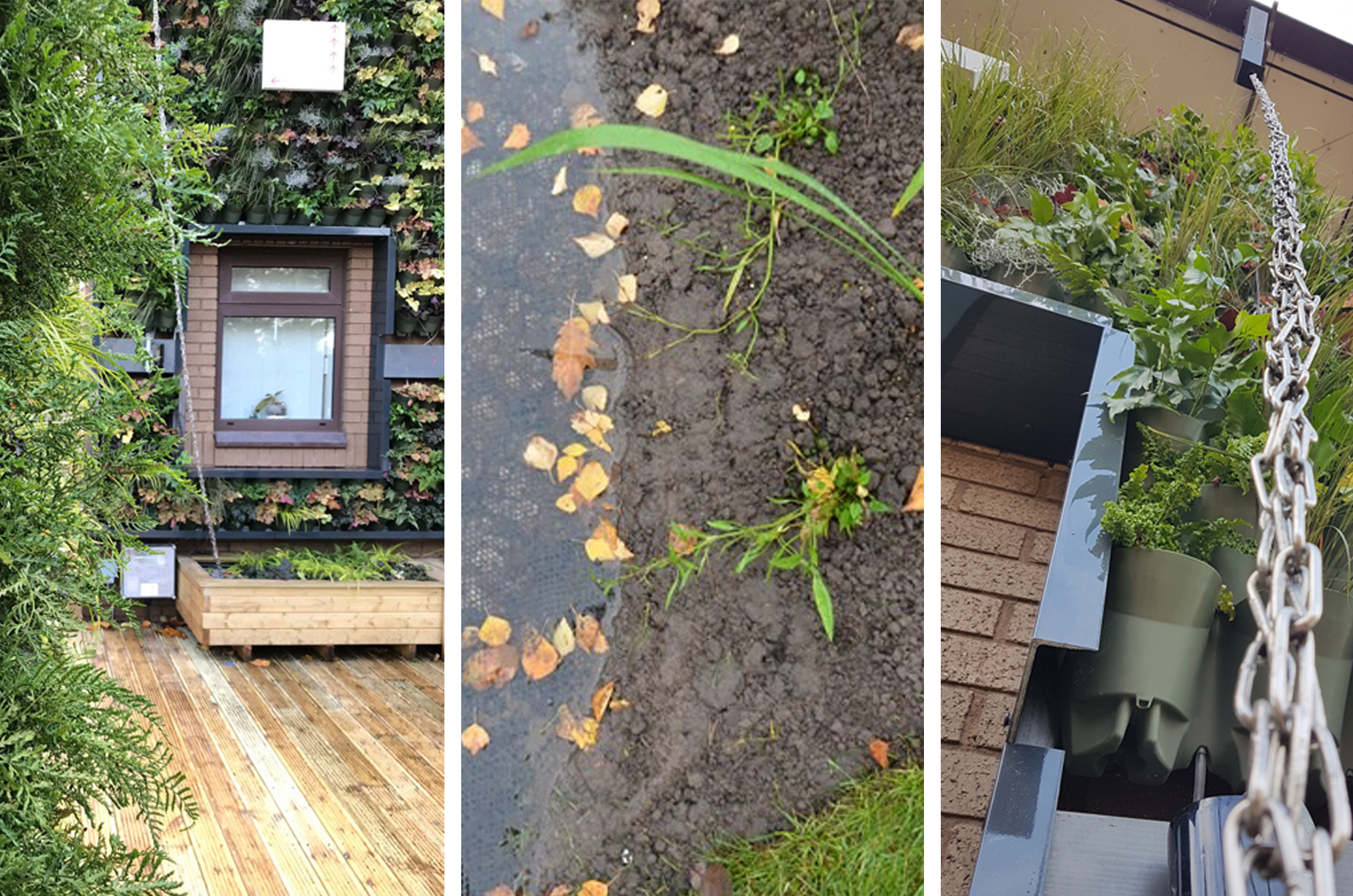SuDS: Re-thinking Our Approach To Managing Rainwater
Written by Richard Clark, Landscape Architect at Groundwork Greater Manchester
SuDS… Not the latest washing powder but in fact Sustainable Drainage Systems. Traditionally drainage has always been underground in pipes out of sight, and often our experience of it is when there is a problem; a blocked road gulley leading to large puddles and minor flooding of the road. Similar problems occur when there is a heavy or persistent downpour and the existing sewer system can’t cope with the amount of rainfall.

Urban areas where hard, impermeable surfaces like concrete and tarmac dominate, combined with an increase in extreme weather events has led to increased flooding where the existing drainage systems do not have the capacity to manage and channel the rainfall away.
Now more than ever we have to rethink our approach to managing rainwater and reducing flood risk. SuDS (Sustainable Drainage Systems) are that new approach to drainage and are designed to manage rainwater in ways that mimic the natural environment.
Natural environments; fields, meadows, woodland, the ground is normally permeable and absorbs rainfall like a sponge and releases it slowly over time. Ground conditions determining the rate of infiltration and release. Add to that trees and other plants that additionally absorb water, filter it and release it.
SuDS behave like the natural environment, sponges, that can absorb rainfall, store it, filter it and slow down the speed at which it enters rivers, watercourses or existing engineered drainage systems. Examples of SuDS include swales, rain gardens, retention ponds, filter strips but also more engineered solutions such as permeable paving systems and underground storage tanks (often combined with other SuDS features).
What makes SuDS attractive to landscape and urban designers is the multiple benefits they bring to a project. Reducing flooding is integral to their purpose but they can also improve water quality, ease the pressure on our existing sewers, increase biodiversity, provide habitats for wildlife and enhance the visual amenity of the places where we live.

Retro-fitted rainwater garden | Groundwork Nottingham
Are they expensive to install?
The beauty of SuDS is they can range from a very simple inexpensive swale at the side of a footpath to more costly large storm water attenuation tanks under a car park. The variety of SuDS features affords designers different solutions that could and should be incorporated wherever possible. Costs depend on the complexity of a project and potential site constraints but the ‘softer’ and ‘greener’ SuDS systems are usually inexpensive in comparison to traditional drainage systems. What price do we then put on the additional benefits and need to adapt to climate change?
Finding Solutions through IGNITION
IGNITION is a ground-breaking project that is developing innovative financing solutions for investment in Greater Manchester’s natural environment: an investment that should help to rebuild the city region. The IGNITION project has given Groundwork the opportunity to explore SuDS and other nature-based solutions to the climate emergency in great detail with our communities and has produced.

Salford University’s Peel Park Campus is home to the IGNITION ‘Living Lab’
The IGNITION project has built a substantial evidence based for the benefit of nature based solutions. We now know that Sustainable Drainage Systems can help to:
- Provide financial incentives for developers, owners and occupants, increasing property value by around 4% when close to a large blue space.
- Tackle climate change by soaking up 0.2-0.3 kg of carbon per m2 per year and storing 1.6-5 kg of carbon per m2
- Adapt to the increased rainfall caused by climate change, with some systems reducing the flow of water by 70% and delaying it by 30 minutes
- Restore our natural environment: replicating the species richness of a natural pond by 60-80% and providing a habitat for many different species of plants and animals, that would otherwise not exist with grey infrastructure.
- Mitigate damage to our natural environment by filtering runoff water, reducing the presence of pollutants such as nitrates by up to 79%, phosphates by up to 85% and total suspended solids by up to 95%
Credit sourced to Sam Hartley’s IGNIITON blog

Rain gardens and living walls in action at the Living Lab.
Written by Richard Clark, Landscape Architect at Groundwork Greater Manchester
Groundwork offer a range of services around the design and installation of SuDS systems.
Contact Us

